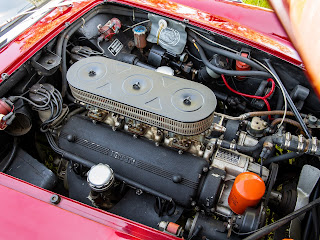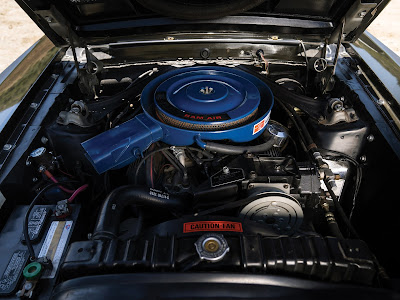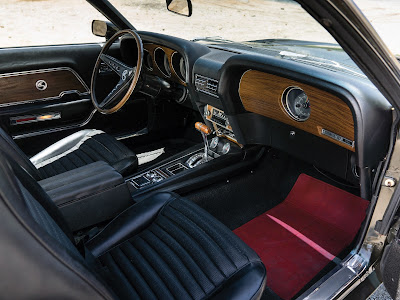 | Behold an icon. 280 bhp, 2,953 cc single overhead camshaft V-12 engine, three Weber carburetors, four-speed gearbox, independent front suspension via A-arms, coil springs, and telescopic shock absorbers, live rear axle with semi-elliptical springs and telescopic shock absorbers, and four-wheel hydraulic disc brakes. | |
| An incredibly rare car, the 1962 Ferrari 250 California Spyder is one of the prettiest and most desirable open-topped Ferraris ever made. Ferrari produced a total of just 106 California Spyders, 56 of them on the short wheelbase chassis. Of those 56, 37 were delivered with the covered-headlamp variant. | |  |
 | The California Spyder was based upon the 250 GT Tour de France, Ferrari’s dual-purpose berlinetta. |  |
This example crosses the block
at Monterey in August














 No word on what happened to the vehicle.
No word on what happened to the vehicle.







